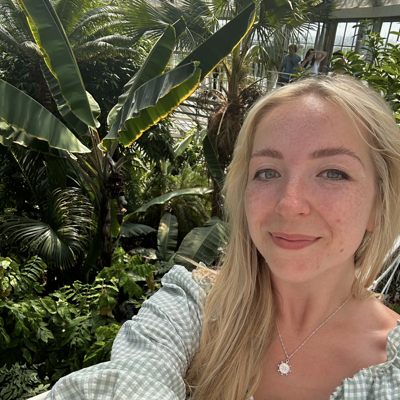Looking ahead to 2024 and beyond
In the next year, I predict that we will see an upturn in demand for accessible and sustainable digital products, as part of a wider shift towards environmental, social, and governance (ESG). I think this demand will be partly driven by demand from our clients to have more widely used, and well regarded, digital services that serve the needs of their users and are supported by substantive sustainability attributes. In 2025, there are also some pretty big legislative changes coming for digital services, including websites, so I predict that 2024 is going to be a year of conversations, preparation and action! If your clients use their website to promote or sell to customers in the European Union (including the UK), then you might want to start preparing for the following changes…
The European Accessibility Act (2025)
In 2025, the European Accessibility Act (EAA) comes into effect. This legislation will force organisations to meet specific accessibility criteria for all products and services including websites, mobile apps, self-checkouts, advertising and marketing. Businesses that don’t comply risk large fines, meaning it’s important to act as soon as possible.
Corporate Sustainability Reporting Directive
The CSRD aims to enhance the quality and comparability of sustainability information disclosed by companies. It expands reporting requirements to include a broader range of ESG matters. Starting from 1 January 2024 more than 50,000 European companies will be subjected to stricter sustainability reporting standards. Although the scope of reporting includes environmental factors, it also includes reporting of social responsibilities and diversity.
